Solo Exhibition
Muzeum Lubuskie
Gorzów, Poland
25 February to 22 May 2022
Vernissage: Friday, 22 February at 17:30


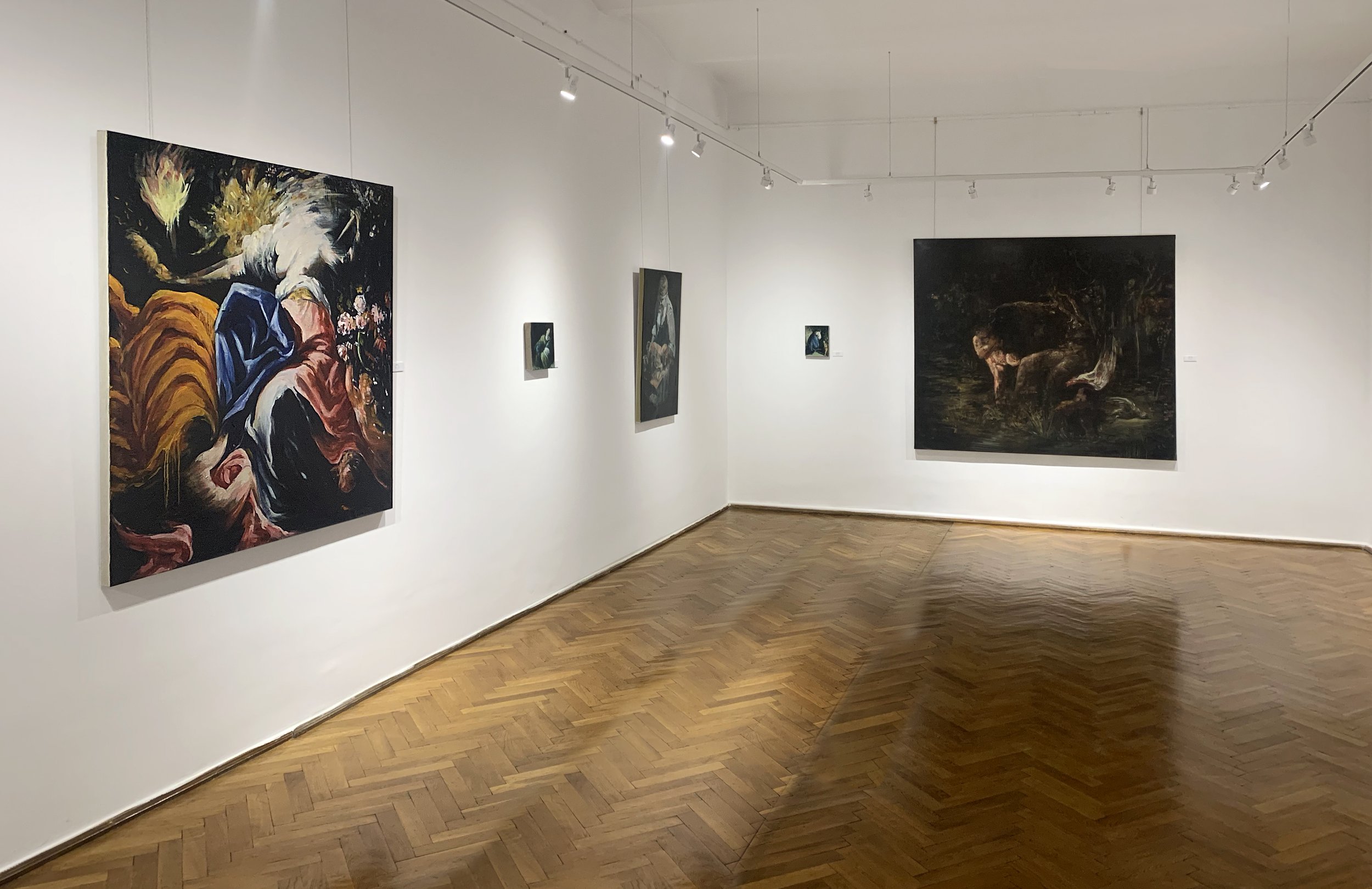
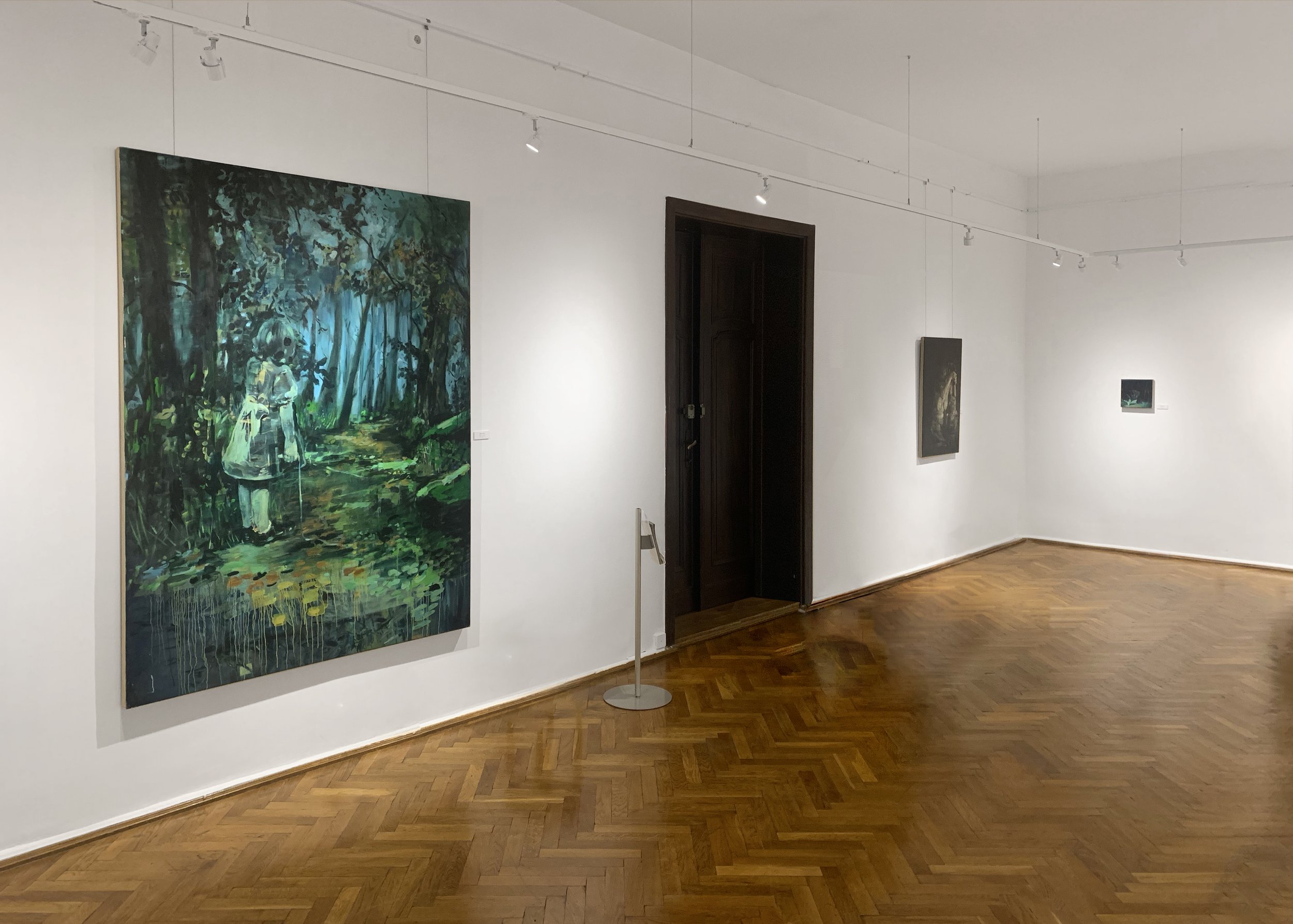
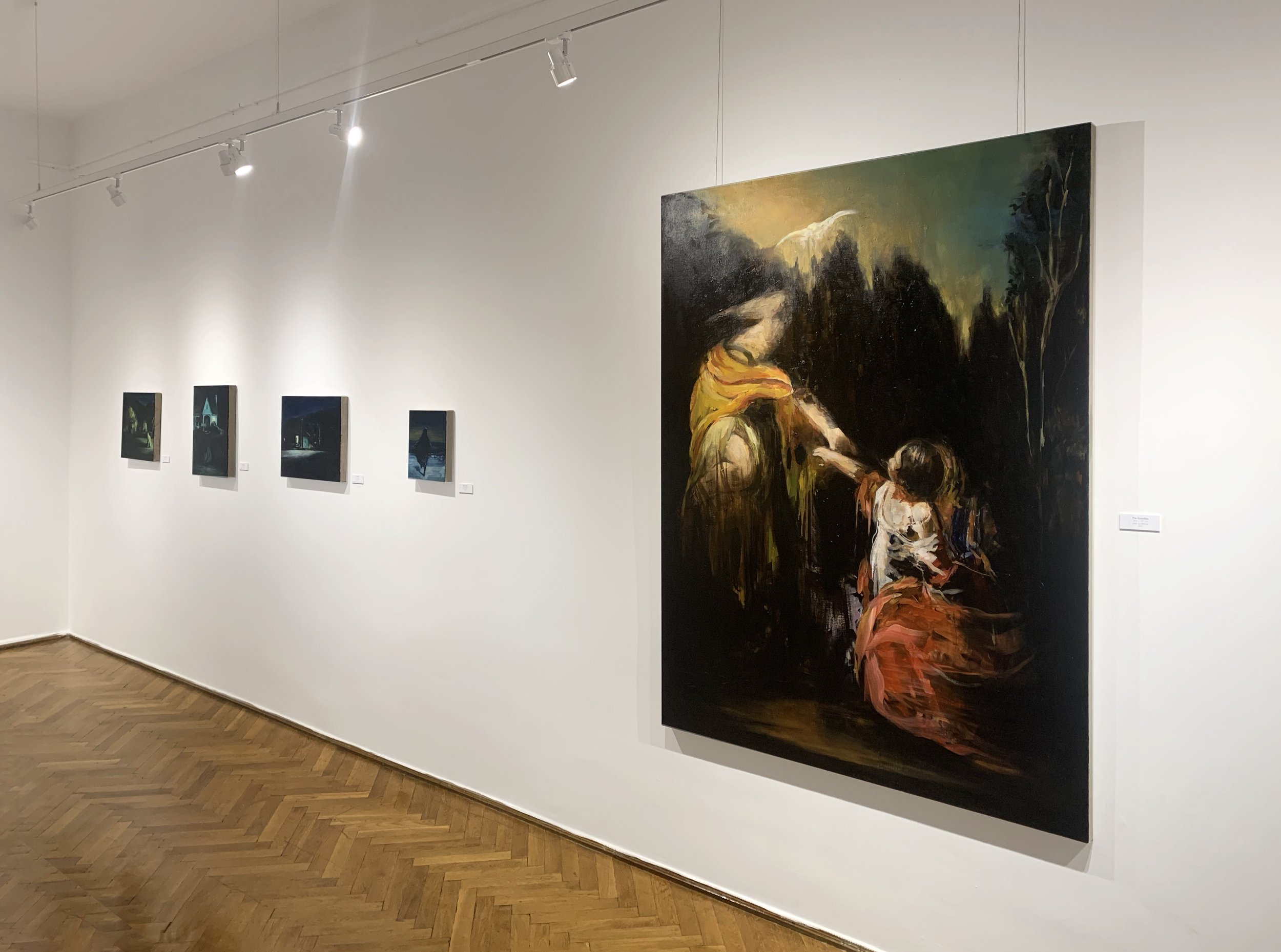

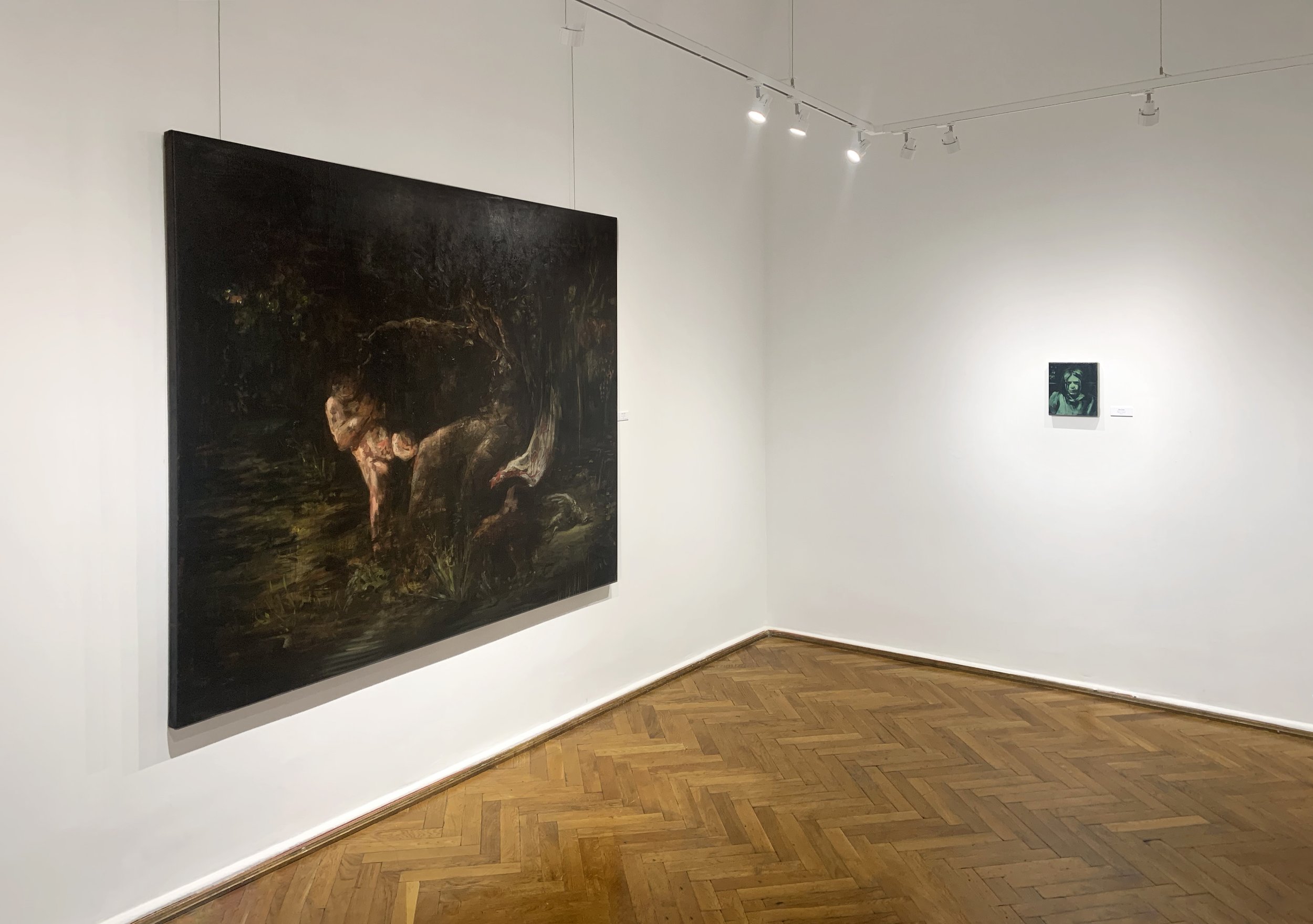
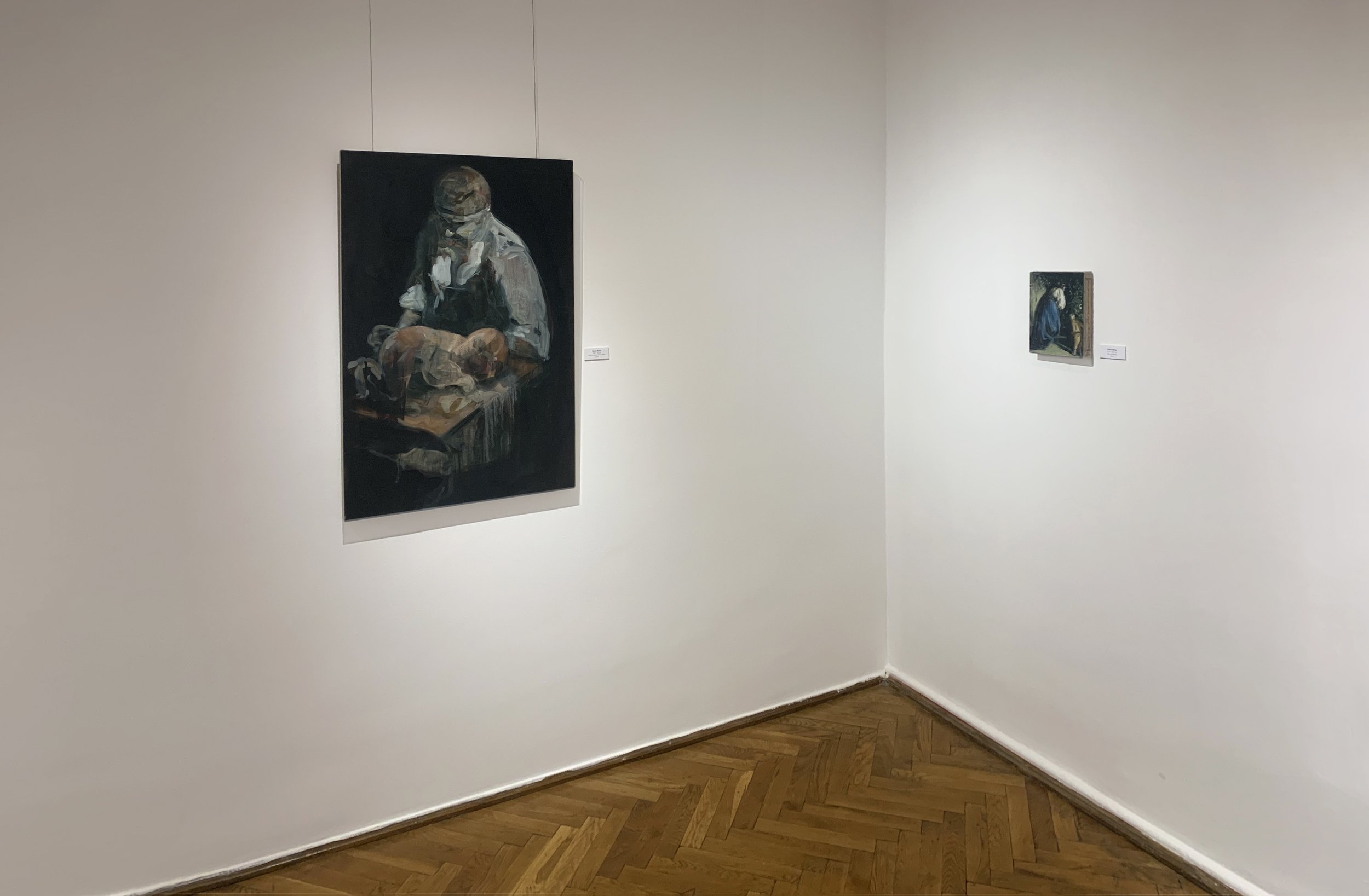
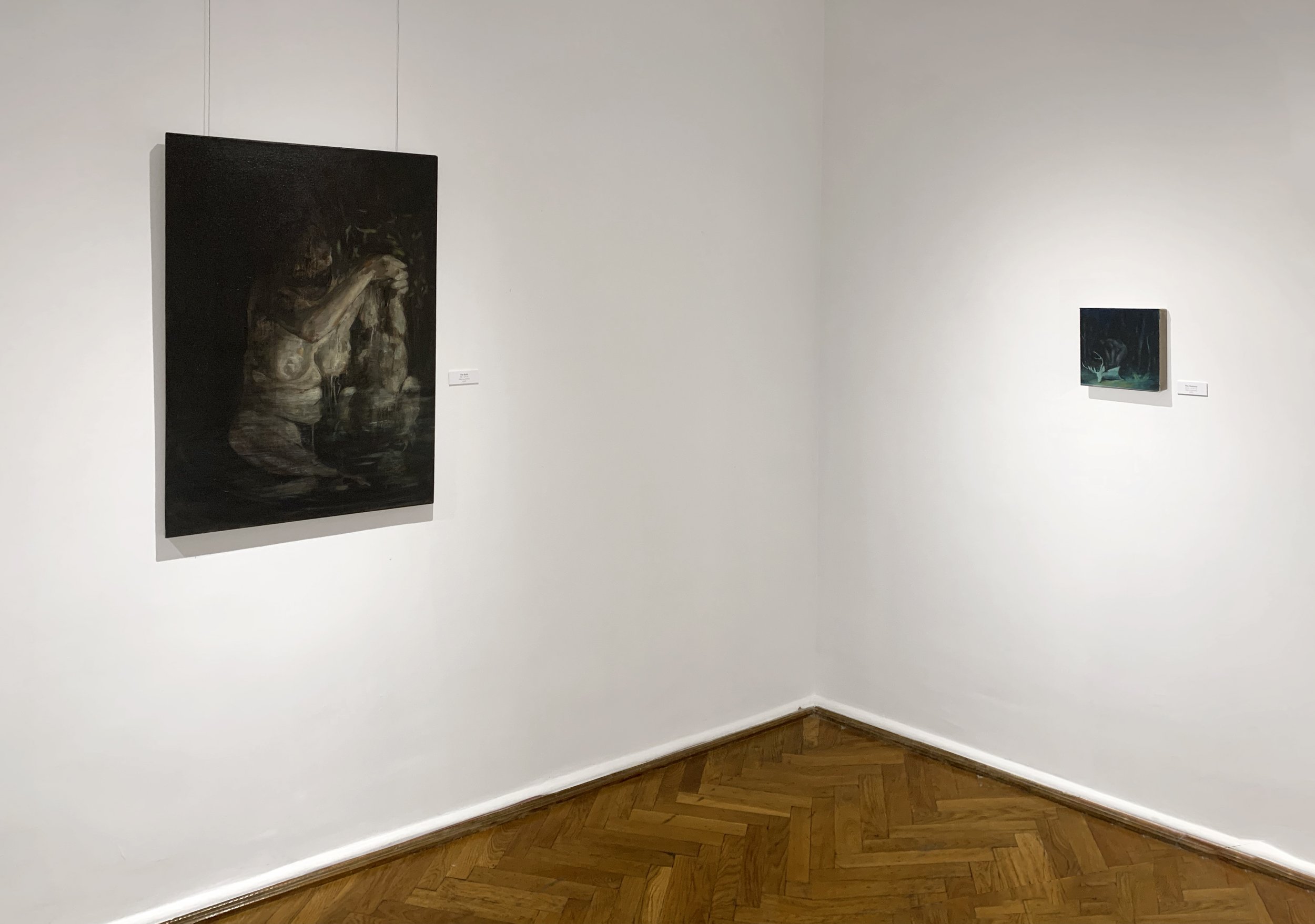
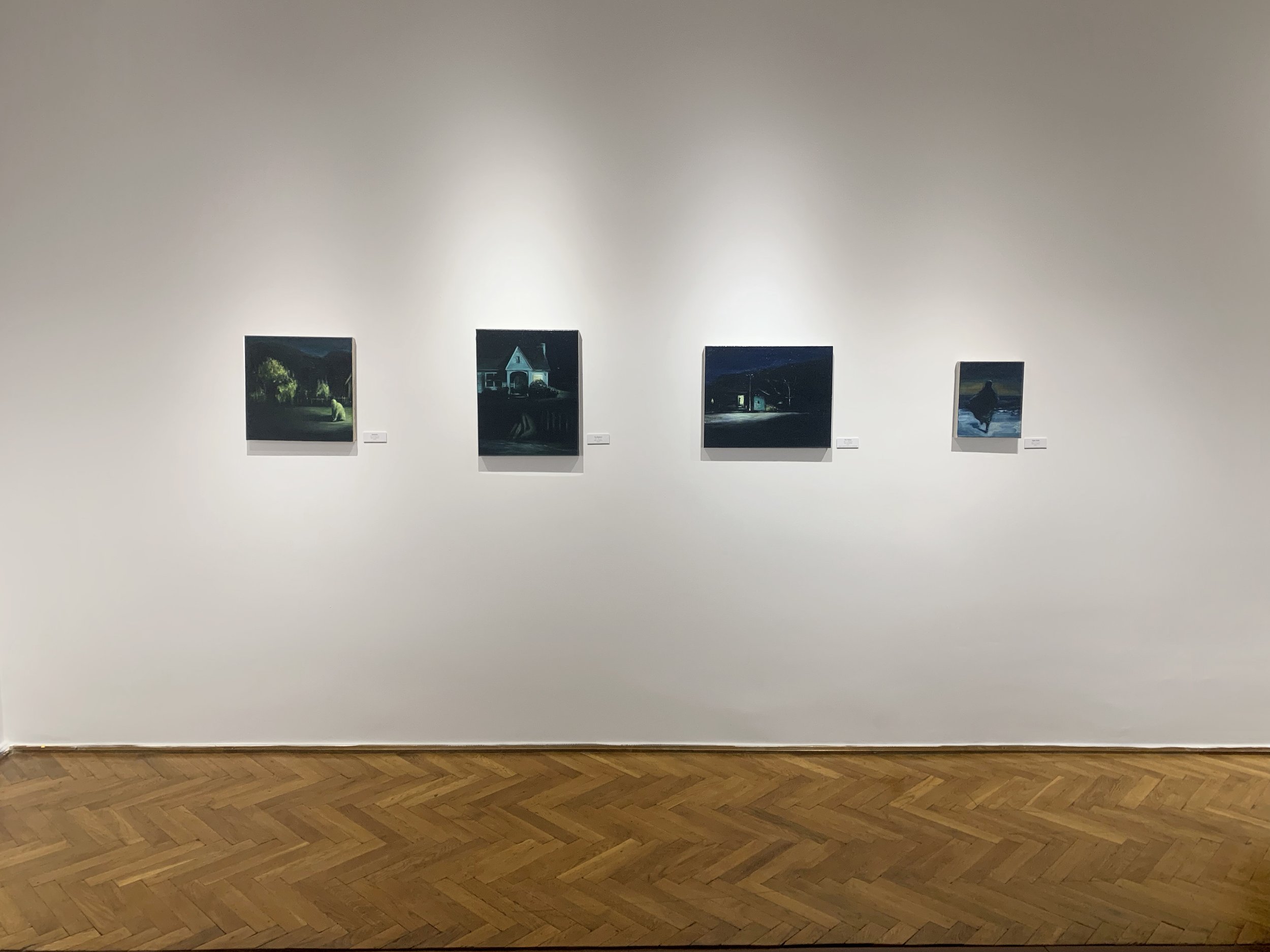
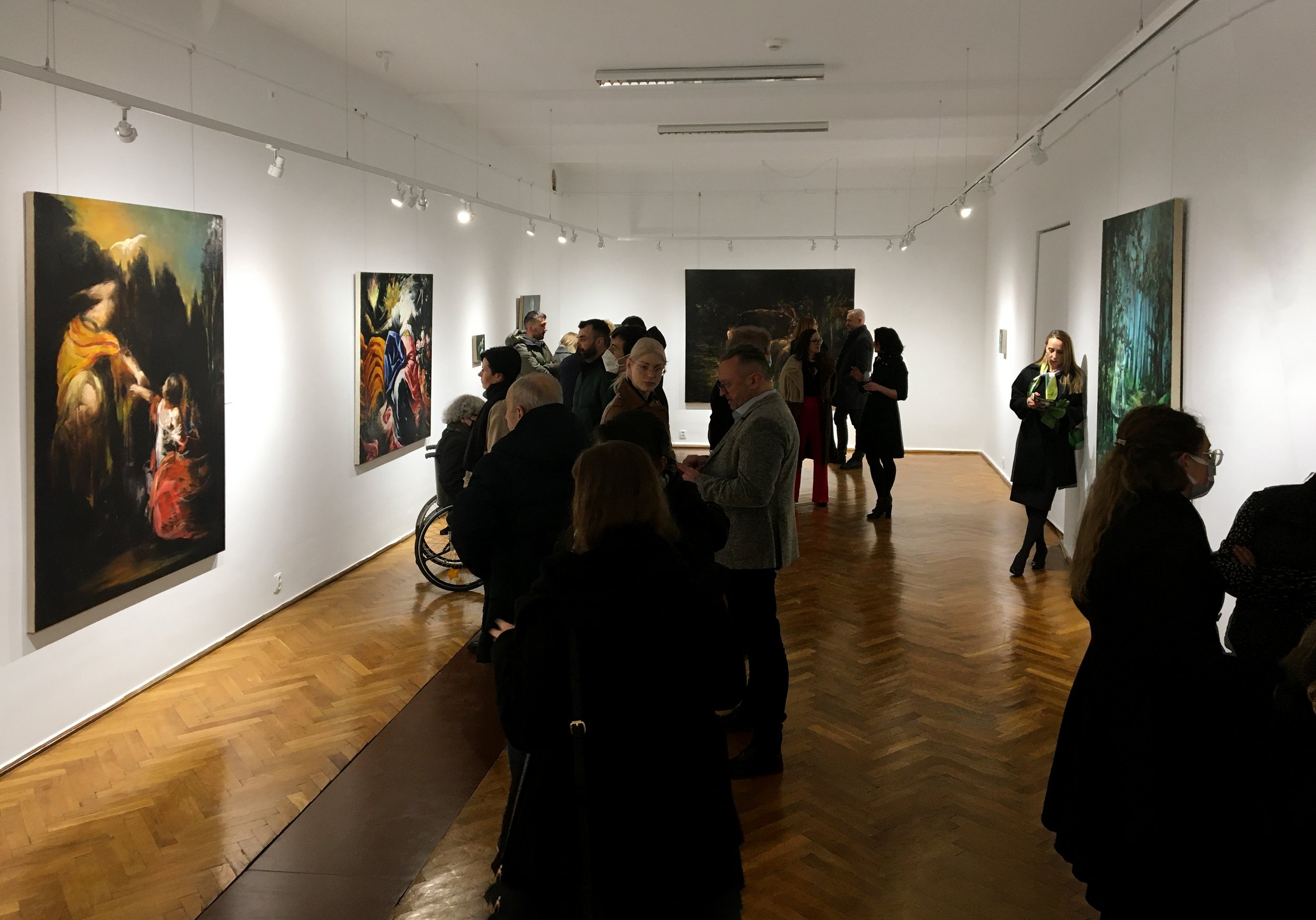
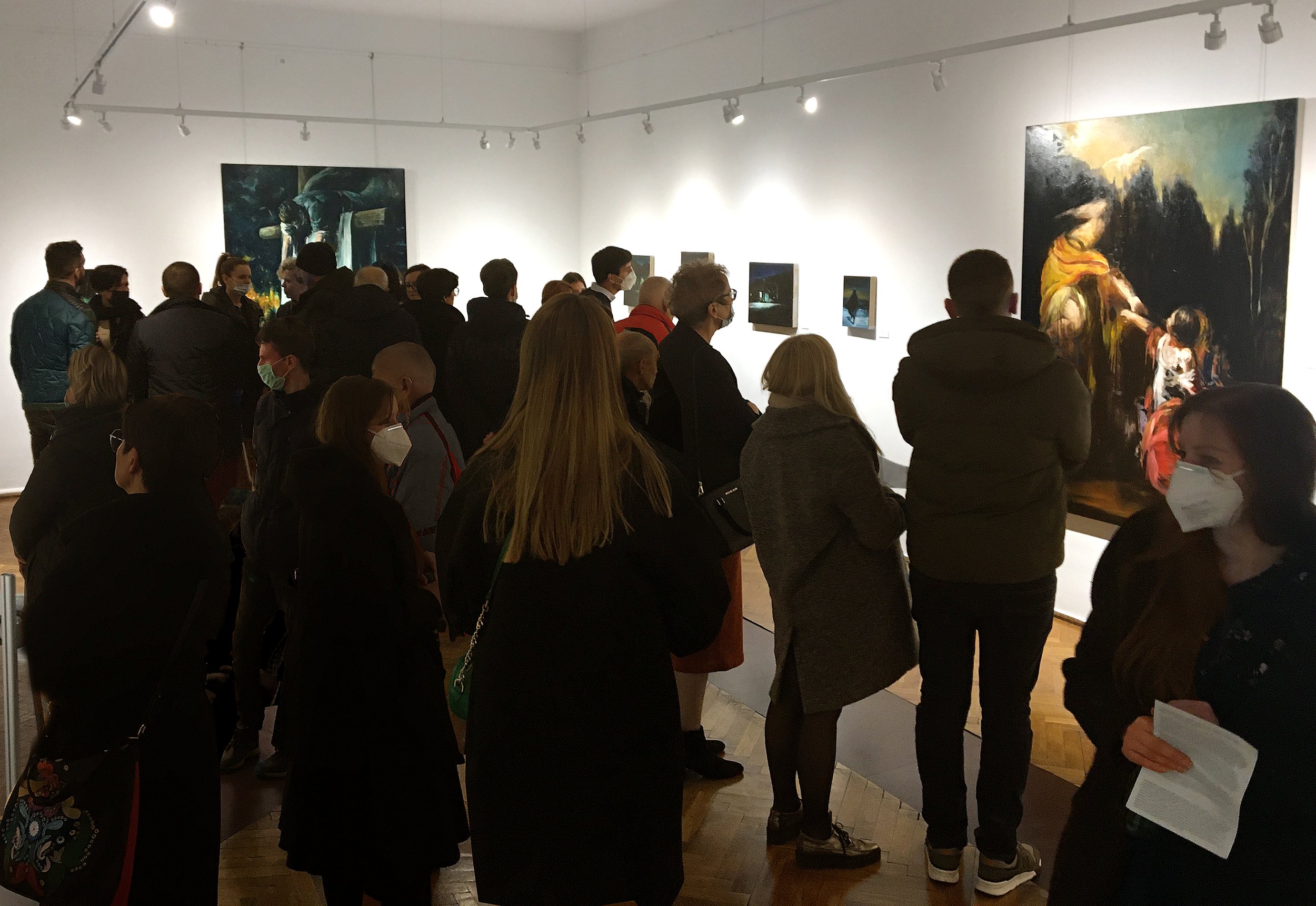
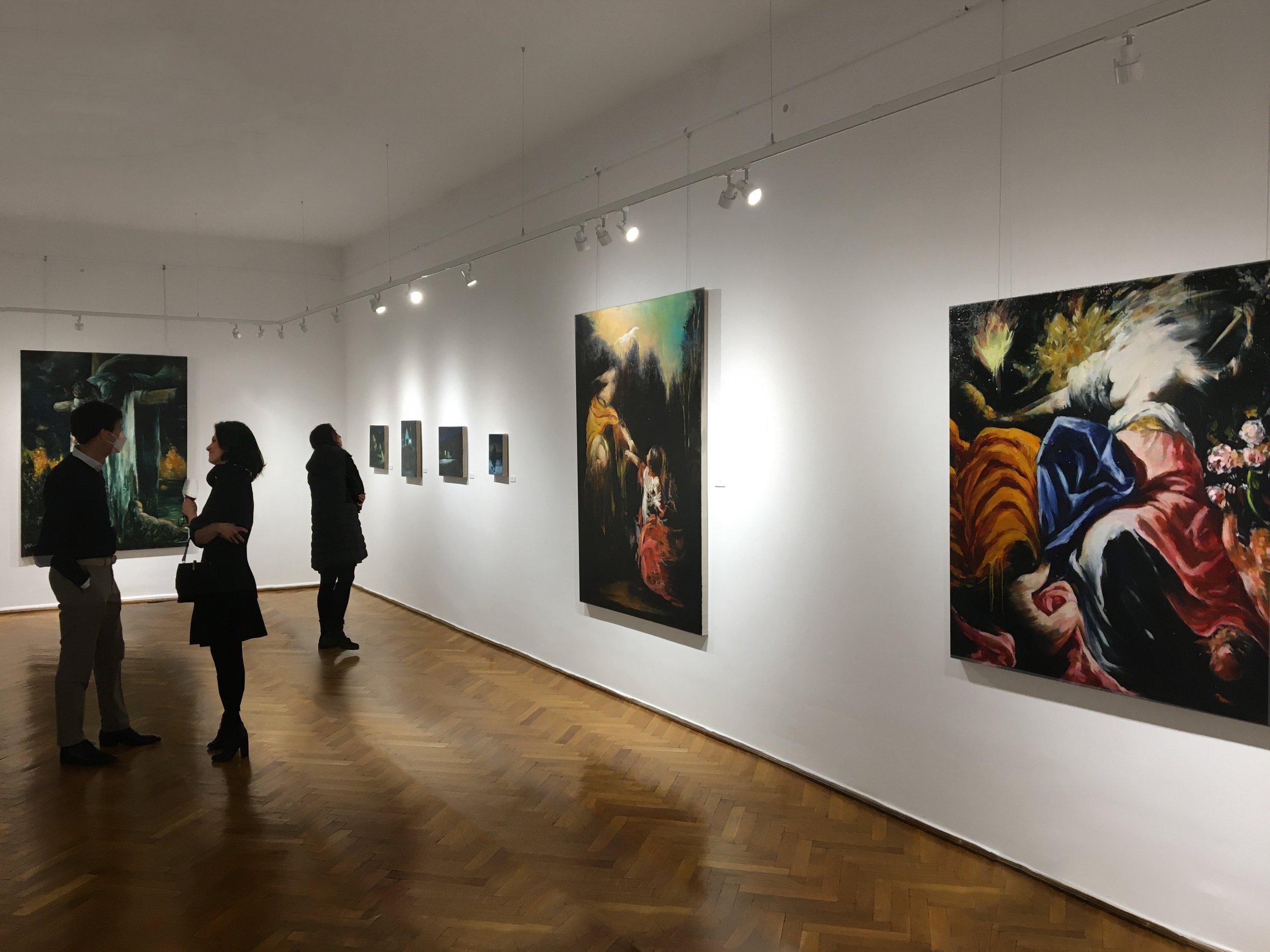

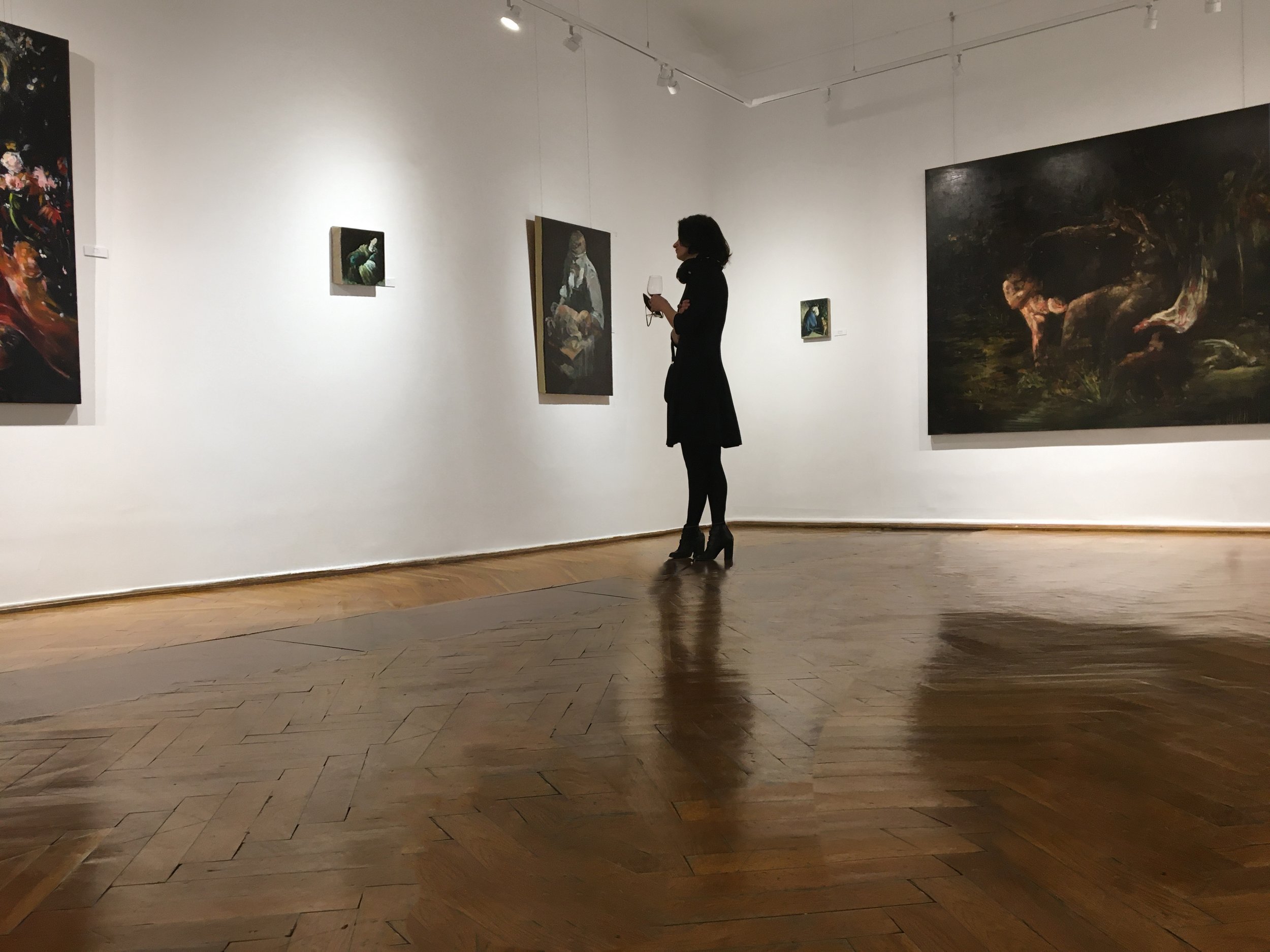
Solo Exhibition by Julia Medyńska
at the Villa and Garden Complex, Museum Lubuskie, Gorzów
curated by Karolina Korenda-Gojdź and Krzysztof Jędrzejczak
Aurora
25.02.- 22.05.2022
Posted on February 11, 2022
When we say the word "dawn", we instinctively look up, awaiting spectacular phenomena; proton flares, still pale brightness before dawn, or signs from heaven in divine execution.
The title image of the exhibition leads us towards this divine signum. Aurora is a very dynamic performance. This movement, however, has a completely different character than in the mythological story or in Guido Reni and Giovanni Francesco Barbieri, where the goddess enters the firmament with ease. Julia Medyńska's Aurora fights to get off the ground. Instead of flowers and torches, like her mythical prototype, she wields a dagger and supports the severed head with the fingertips of her other hand. Maybe it's the head of one of the sons? He is watching her, directing her into the light of the torch. Aurora falls into the swirling light and tries to take off, but her divine saffron robe weighs on her. There are also angels, but differently than in the representations of the Assumption of the Virgin Mary. They don't help, they don't raise it to heaven, but they weigh it down.
Light, movement, theatricality and references to baroque masters. This is how Julia Medyńska's painting can be described in several terms. One more word is missing among them: non-obvious. It is baroque, but in non-obvious travesty of motifs, with a color palette taken from the 17th-century masters, but broken with dark green, of which so much is in the artist's paintings. There is a lot of light on them, but they are flashes and glimpses - before dawn or a moment before sunset, still at the border. How in the theater this tension builds and adds mystery. The dynamics of the poses adopted by the characters is added by the carelessness of execution, you can feel the rush, you can see the sweeping movements of the brush. The shapes are open, and the intuitiveness takes precedence over the concept.
The figures of children, present in many of the artist's works, always in relationship with the older ones, are disturbing and not obvious. They are not cradled and safe children. Evil lurks. Hands extended towards the child are not always helpful and protective. Even the angel who should come to help is weakened by his incompleteness. And the child, the infant lying under the cross, saved because it was washed with eternal water, or was immersed in it? He is a witness to the crucifixion but deconstructed. It is crucifixion in a pose of powerlessness and inertia.
The artist deceives us, leading us towards seemingly known motifs. But these are not the meanings she cares about. She juggles them, dresses in new costumes and adds alternative endings, not always the ones we are ready for. This theater is to expose the theatricality of life, which brings suffering beyond the stage.
Karolina Korenda-Gojdź
Julia Medyńska, born in 1981 in Gdańsk. Painter and actress. In 1985, as a little girl, she fled to West Berlin with her family. Thanks to various artistic activities, she most often found an outlet for emotions in art. After high school and high school graduation, she went to New York to study acting at the Lee Strasberg Theater and The Neighborhood Playhouse. She has performed at OFF-Broadway at the Manhattan Ensemble Theater. Soon after, she introduced movement, poses and gestures into the frames of her painting representations. In 2009, she enrolled in visual arts at Columbia University, earning an MA. She is a two-time scholarship holder of the Elizabeth Greenshields Foundation. After recent exhibitions in London (School Gallery), Warsaw (Galeria Art) and Copenhagen (Pilipczuk Gallery), she is currently preparing exhibitions in Nuremberg (Krakauer Haus, March 2022), Warsaw (artinfo, September 2022) and Santa Cruz in Tenerife (ATC Gallery, September 2022).
